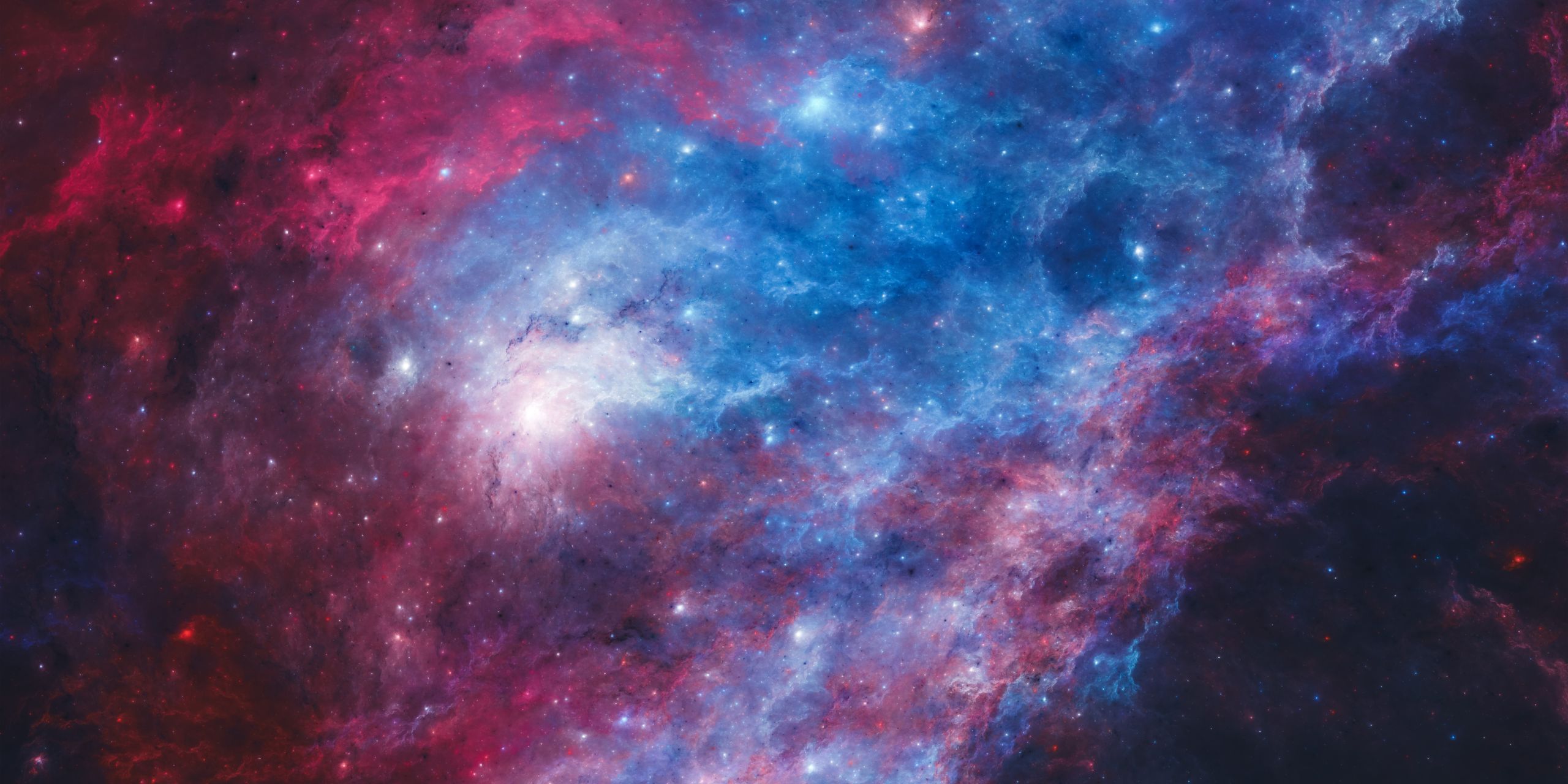Human imagination has been captivated by the search for extraterrestrial life for generations. Our interest in the possibility of extraterrestrial life growing as our knowledge of the universe broadens. The Goldilocks Zone, the area surrounding a star where circumstances are just right for liquid water to exist on a planet’s surface, is an important consideration in this search. This essay will shed light on the intriguing relationship between the Goldilocks Zone and the potential for extraterrestrial life by examining the relationship between the two.
Knowledge of the Goldilocks Zone
The range of distances from a star where a planet’s temperature can allow the presence of liquid water on its surface is known as the Goldilocks Zone, often referred to as the habitable zone or circumstellar habitable zone (CHZ). Since liquid water is necessary for life as we know it, the Goldilocks Zone is a prime location for scientists to look for exoplanets – planets that orbit stars other than our Sun – that may be habitable.
A Goldilocks Zone’s borders are determined by the host star’s size, temperature, and luminosity. For instance, Earth is situated within the Goldilocks Zone of the Sun in our solar system, which offers the ideal conditions for life to flourish. In contrast, the severe temperatures of worlds like Venus and Mars, which are outside the Goldilocks Zone, make it difficult for life to exist.

The Goldilocks Zone of Extraterrestrial Life Research
The quest for exoplanets within these habitable zones has been motivated by the relationship between the Goldilocks Zone and the potential for extraterrestrial life. Numerous exoplanets have been found over the past few decades thanks to sophisticated telescopes and space missions like NASA’s Kepler Space Telescope and the Transiting Exoplanet Survey Satellite (TESS), some of which are situated in the Goldilocks Zones of their host stars.
The possibility of finding life outside of Earth has dramatically increased as a result of these results. Scientists can gain more knowledge about the prerequisites for life to emerge and the potential for extraterrestrial life by researching these exoplanets and their host stars.
Astrobiology and the Sweet Spot
The study of the Goldilocks Zone heavily relies on astrobiology, an interdisciplinary science that looks into the beginnings, evolution, and distribution of life throughout the cosmos. In order to investigate the atmospheres of exoplanets and look for biosignatures—the chemical indicators of life—researchers in this field are creating new techniques and technology.
The existence of oxygen, methane, and other gases that potentially denote biological activity is one of the main biosignatures that astrobiologists search for. These biosignatures can be used to identify whether an exoplanet is closer to the Goldilocks Zone and therefore more likely to support life.
The Prospects for Finding Extraterrestrial Life
The anticipation surrounding the potential finding of extraterrestrial life increases as our knowledge of the Goldilocks Zone and its relationship to it expands. The quest for alien life is entering a new phase with the construction of more sophisticated telescopes, like the James Webb Space Telescope, and creative missions focused on researching exoplanets.
In conclusion, the Goldilocks Zone is the key to understanding the enigmas of cosmic life. We can continue to push the limits of our comprehension and investigate the enormous wonders of the cosmos by concentrating our efforts on comprehending the connection between the Goldilocks Zone and the possibility of extraterrestrial life.

